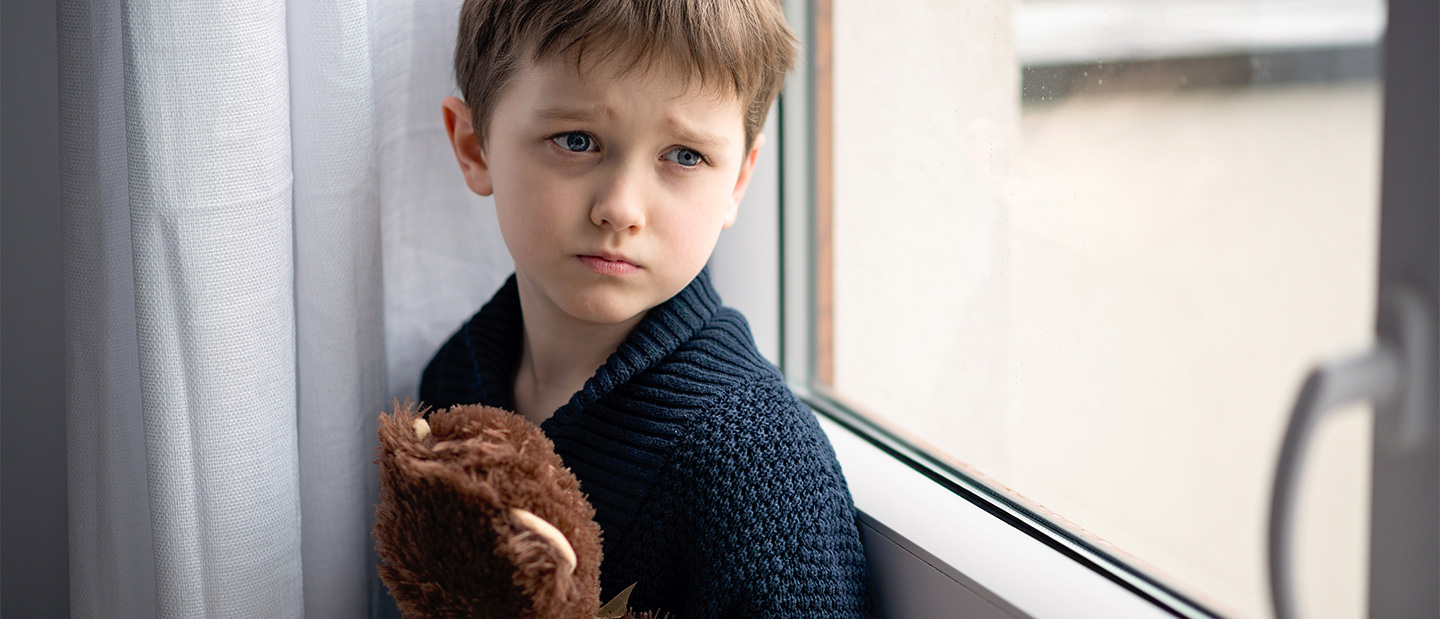Benefits of Bringing Therapy to the Pediatrician’s Office
Benefits of Bringing Therapy to the Pediatrician’s Office

A brief intervention delivered at the pediatrician’s office can significantly help children and teenagers with anxiety and depression, new research suggests. Children who received this treatment responded better than those who were referred to outpatient mental health care, according to a randomized clinical trial published June 12 in JAMA Psychiatry.
While anxiety and mood disorders are common among youth, only a small fraction receive treatment. . According to the National Institute of Mental Health, about one in four youths aged 13-18 suffer from anxiety at some point, and about 1 in 9 from depression. Yet only 1 in 5 anxious youths and 2 in 5 depressed youths report having ever received mental health services for their symptoms.
One way to improve access to mental health care may be by delivering it at a place where children are more likely to visit—the pediatrician’s office.
To test the effectiveness of this approach, the researchers, who included Robin Weersing, Ph.D. of the University of California, San Diego/San Diego State University and David A. Brent, M.D. of the University of Pittsburgh, a 2001 Foundation Distinguished Investigator and a 2006 Ruane Prizewinner, enrolled 185 boys and girls ages 8 to 17, who showed symptoms of separation anxiety disorder, generalized anxiety disorder, social phobia, major depression, dysthymic disorder (long-term chronic depression), or minor depression.
About half of the participants were assigned to receive a streamlined behavioral intervention for anxiety or depression by a therapist in a pediatric clinic (doctor’s office). The therapy consisted of 45-minute sessions once a week for two to three months. The other half of the participants were referred to a traditional mental health clinic to receive standard care.
During the study, the team evaluated the children’s clinical response to therapy and measured reductions in anxiety or depression symptoms and increases in general everyday functioning using standard scales. About 57 percent of children who received therapy at the pediatrician’s office showed good response to the therapy and had marked improvements. The success rate in this group was higher than in the “standard care” group, in which 28 percent of the children showed satisfactory improvements.
The response was strongest among the 38 Hispanic children in the study. More than 76 percent of these children showed significant improvements. This suggests that the protocol may be able to address some of the ethnic disparities seen in mental health care, the researchers said.
The results suggest that even a simplified intervention can effectively treat some psychiatric conditions and such protocols may help improve access to care. Future research is required to confirm the findings in larger numbers of children and assess the long-term effects of receiving this therapy, the researchers said.



